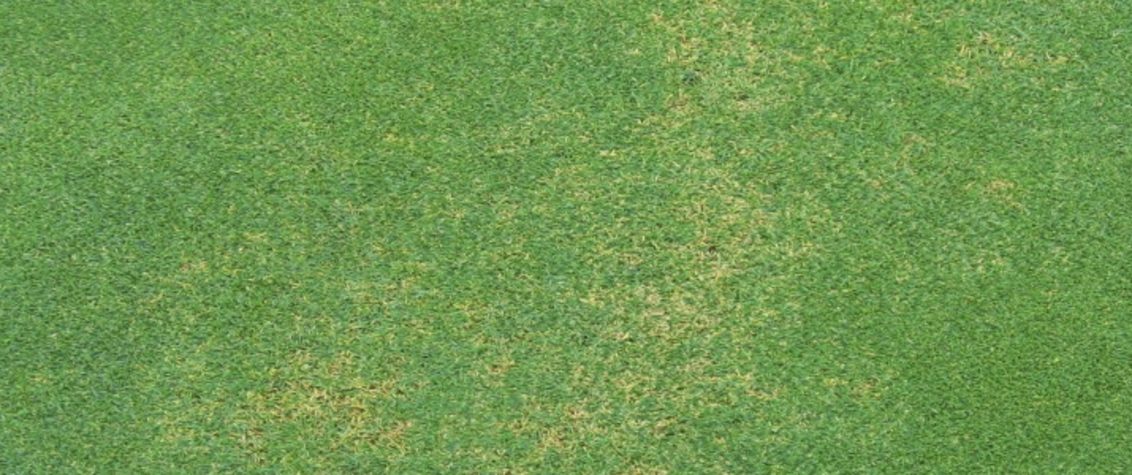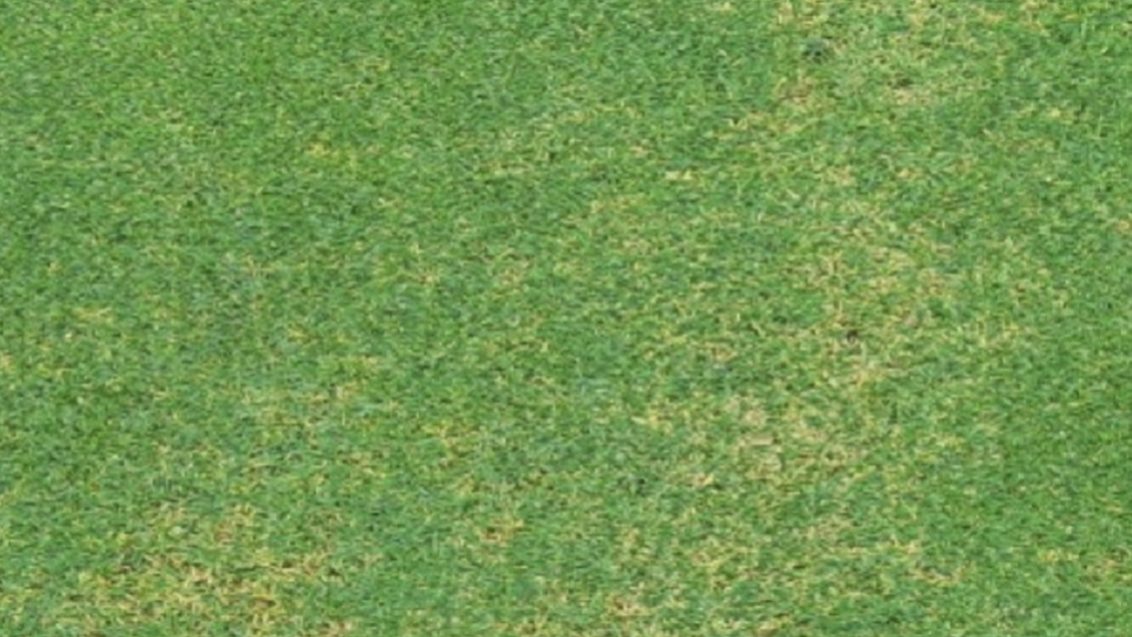Fading Out
Turf Disease
Susceptible turfgrass: Wintergrass, Kentucky bluegrass, bentgrass, fescue and couch.

Curvularia leaf spot
Symptoms
Individual leaves initially show yellow and green dapple patterns that extend downwards from the leaf tipInfected leaves turn brown, then grey as they shrivel and die.
Irregular shaped patches of thinned turn appear, often coalescing to affect larger areas.
Stolons and leaf sheaths may also rot.
Conditions favouring disease
Curvularia leaf spot occurs in areas that experience prolonged leaf wetness for several consecutive days.
Curvularia spp. commonly occurs at temperatures, 25C to 35C.
Soil compaction and excessive levels of nitrogen and thatch.
General comments
Curvularia is mostly secondary disease after primary pathogens such as spring dead spot and Helminthosporium, have infected turfgrass.
Physiological changes in the turfgrass plant can increase susceptibility to Curvalaria when the light intensity is low or when the mowing height is lower than recommended for the specific situation.
Integrated turf management
Maintain balanced fertility.
Increase the height of cut.
Avoid nitrogen applications in the spring when the disease is active.
Avoid over watering.
Improve the drainage of the turf.
Reduce thatch accumulation.
Fungicidal control
Daconil WeatherStik has label recommendation for control of Curvularia leaf spot (fading out) in South Africa.


